2013.10.10
Granddaddy of all tug-of-wars on Sunday in Naha
By Bill Charles

Each competing team of the tug-of-war has its own King and generals leading the effort of their respective teams. They are carried on platforms on top ot the ropes.
Naha Matsuri, Naha Tsunahiki, the Naha Giant Tug-of-War Festival. All names for the biggest and best known of ages-old tug-of-war competitions taking place each year on Okinawa.
The festival, which draws more than 250,000 for the three-day event starting Saturday, has everything from beer to music to a festive atmosphere in downtown Naha City and its Onoyama Park. The keystone event, though is the great tug-of-war that takes place Sunday afternoon at 2 p.m., lasting a half-hour or until either the east or west teams manage to pull the 44-ton rope a distance of five meters.
On opening day Saturday, there is the parade of international folk performing art and local entertainment. The parade starts at 2 p.m. at Saion bridge in front of Saion Square at Makishi on Kokusai Street. Parades include marching bands & baton twirling, Campaign ladies of Naha tourist association, and an appearance by the Naha City mayor. Also taking place will be Hatagashira performances, Kids eisa, Hawaiian Hula dance, and Samba teams walking at the parade.
The Naha Giant Tug-of-War Festival, held every year in October, draws the largest crowds on Sunday. The Naha tug of war is the largest in Okinawa, and certifiably in the world for that matter, held on Highway 58 at Kumoji Crossing. It’s an event passed down from the ancient Ryukyu Kingdom era, and is the biggest cultural event on the island. Festival activities kick off with a parade of the teams down Kokusai Street starting from 12 a.m., followed by martial arts demonstrations at Kumoji Crossing up to 2 p.m. before the actual tug-of-war which begins at 2:30 p.m.
The Sunday parade down Kokusai see the eight east and eight west teams gather to parade down the 2.8 kilometer route. Everyone’s dressed in traditional Okinawa garb, and teams are carrying their 25-foot high team symbols called “hatagashira.” Huge crowds of spectators are expected to watch the events unfold.
On Sunday at least 25,000 people join in the tug-of-war itself. The tug-of-war takes place at Kumoji Crossing on Hwy 58, where entertainment, martial arts demonstrations and speeches pump up the crowd for the 2:30 p.m. start of preparations for the tug-of-war.
The tug-of-war pits the east against the west, the two 300-foot-long sections of rope being brought together and pinned with a massive 10-foot wooden peg. Kings symbolizing the supremacy of the two dynasties in Naha centuries ago approach each other atop the rope, each with their royal courts, and issue challenges to one another. Battle lines are formed as the signal to begin is given, and each side begins hauling on the straw rope, each side trying to move the rope five meters within 30 minutes.
The Naha tug of war once disappeared in 1935, but was revived in 1971 as part of commemoration of Naha City’s 50th anniversary. In 1995, the tug of war was recorded in the Guinness Book of World Records as a biggest rope made by rice straw in the world. Organizers kept growing the rope each year to maintain the world record, until it began too heavy for even the large crowds to move.
On the 3rd and final day, check out Onoyama Athletic Park where the three-day RBC and Orion Beer festivals are held from Saturday through Monday, complete with on-stage performances, and a karaoke contest. Fireworks cap each of the three days at 8 p.m. Entry to the Traditional Eisa Festival is ¥500 for each person over 12 years of age, and tickets are available only on the day of the event at the gate.
The Cost
All events and activities are free along Kokusai Street and the Sunday Tsunahiki on Highway 58. Likewise, witnessing entertainment at Onoyama Park is free. Costs for foods and souvenirs vary depending on taste and desires. Parking is anything but free; it is difficult to find and expensive. Plan on spending at least ¥2,000 for parking anywhere in the downtown area, depending on how long you’ll cruise the downtown and Onoyama Park festival areas. For those on a budget, check out tours offered by Marine Corps Community Services, including the Single Marine Program, 18th Services at Kadena Air base, Navy MWR or Army MWR from Torii Station.
Getting There
From the military bases, head south to Naha City. As you pass Tomari Port and to Tomarin Hotel on the right, you’ll find first opportunities for parking. Turn left or right off Highway 58 and look for the blue “P” signs. The alternative is to continue further into the city, crossing the bridge adjacent to Naha Military Port, and then looking for the parking signs. For those planning full-day excursions, the more southerly parking is recommended because when you’re tired, the shorter walk back to the car will be easier.



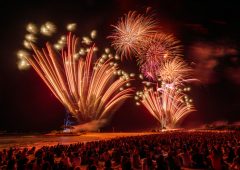 2024.07.12
2024.07.12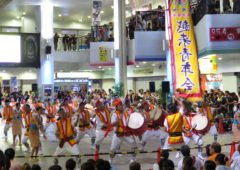 2024.06.11
2024.06.11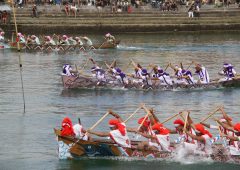 2024.06.03
2024.06.03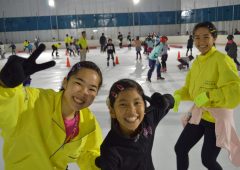 2024.05.30
2024.05.30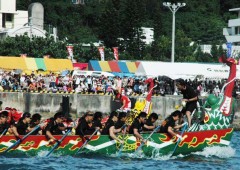 2024.04.30
2024.04.30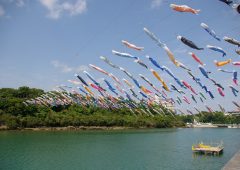 2024.04.26
2024.04.26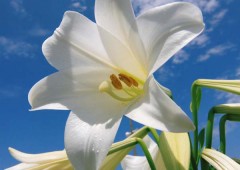 2024.04.23
2024.04.23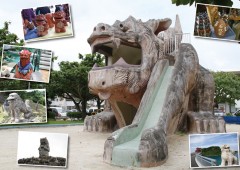 2024.04.02
2024.04.02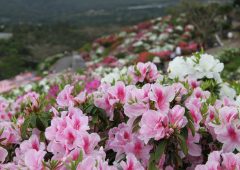 2024.02.22
2024.02.22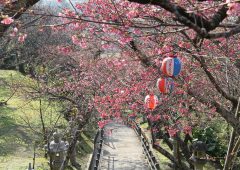 2024.01.18
2024.01.18






